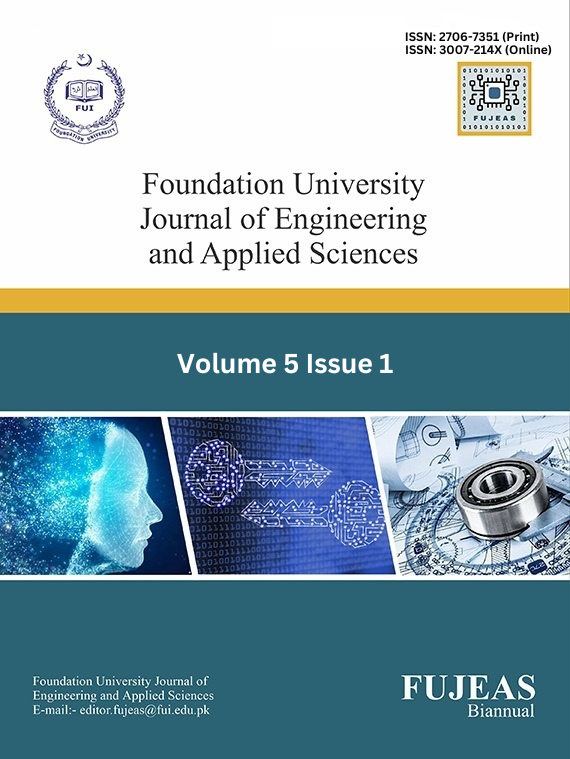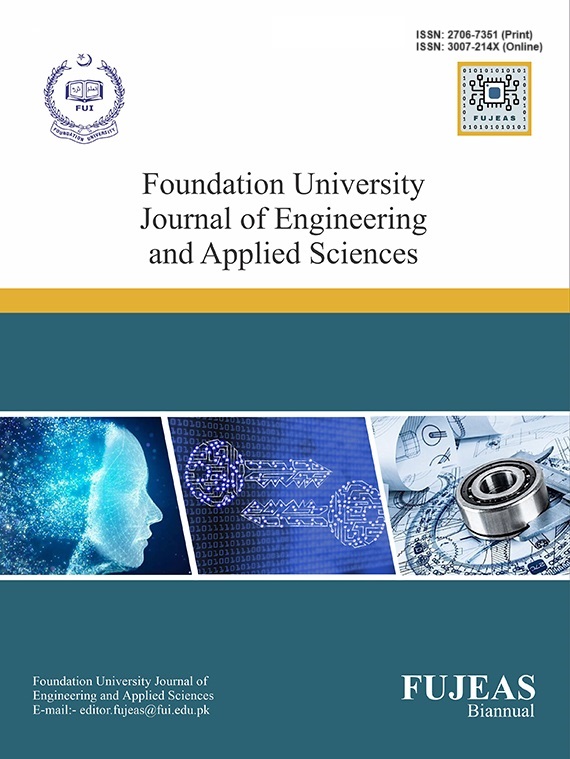Exploring the Art of Sampling and Reconstruction - A PBL Approach to Signal Processing
DOI:
https://doi.org/10.33897/fujeas.v5i1.843Keywords:
PBL, Sampling and Reconstruction of SignalAbstract
The process of sampling and reconstruction plays a fundamental role in signal processing, enabling the representation, analysis, and transmission of analog signals in digital form. This abstract aims to provide an overview of the principles and techniques involved in signal sampling and reconstruction, highlighting their importance in various fields such as communication systems, image processing, and audio signal processing. Sampling is the method of converting a continuous-time signal into a discrete-time format by selecting values at distinct time points. This involves capturing signal amplitudes at regular intervals, resulting in a sequence of discrete samples. The sampling rate, or frequency, determines the number of samples collected per unit time and plays a vital role in maintaining the original signal's information content. Reconstruction, conversely, entails converting the discrete-time signal back into its continuous-time counterpart. It utilizes the sampled values to approximate the original continuous signal. Various reconstruction techniques, such as ideal interpolation, zero-order hold, and sinc interpolation, can be chosen based on specific signal requirements and characteristics. Accurate sampling and reconstruction are essential to ensure fidelity and minimize distortion in the reconstructed signal. The Nyquist-Shannon sampling theorem establishes the minimum sampling rate required to avoid aliasing and faithfully reconstruct the original signal. Understanding this theorem and its implications is crucial for designing efficient and reliable systems for sampling and reconstruction. In conclusion, the study of signal sampling and reconstruction is indispensable in signal processing applications. By employing appropriate sampling techniques and reconstruction algorithms, the integrity and quality of signals can be preserved and effectively utilized in various domains, contributing to advancements in communication technology, multimedia systems, and other signal processing applications.



 Open Access
Open Access












